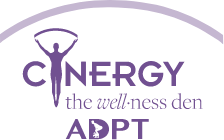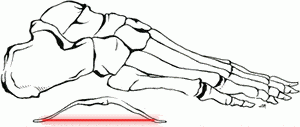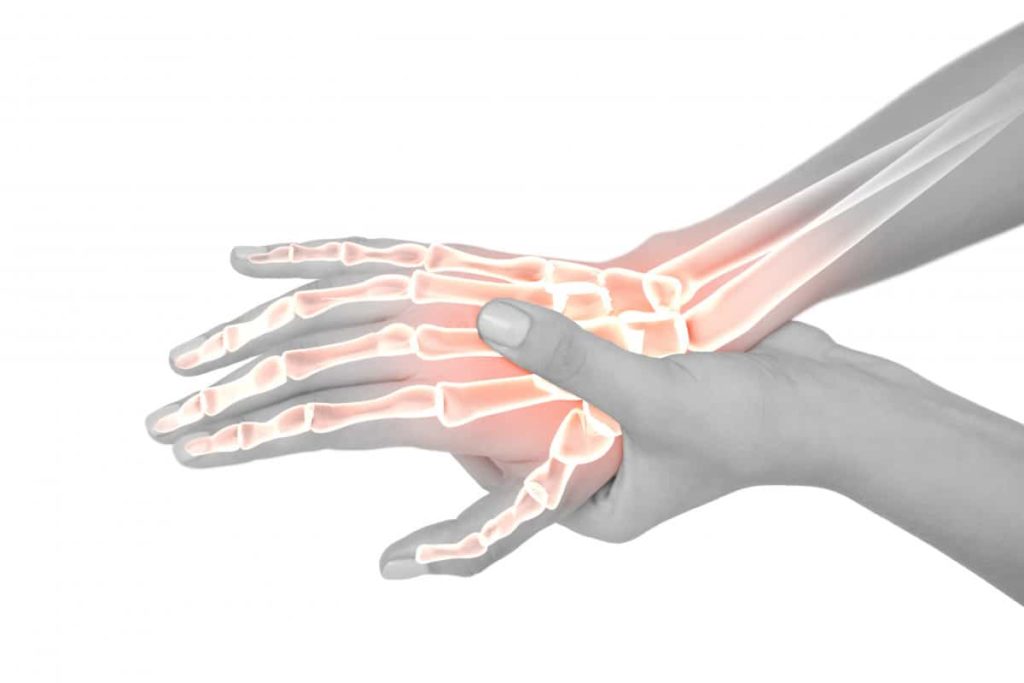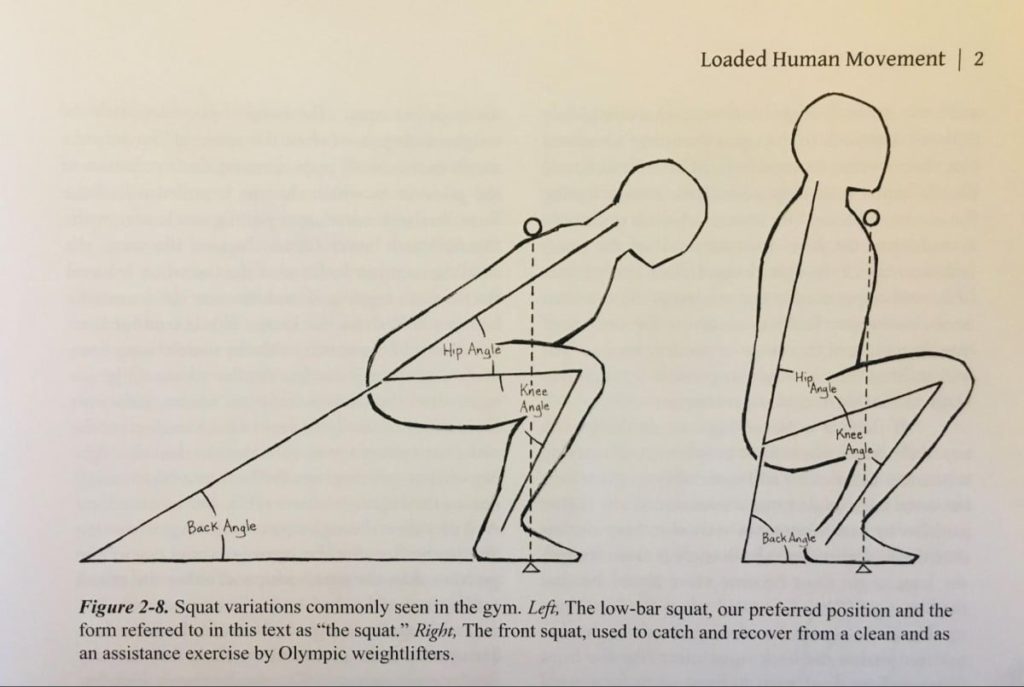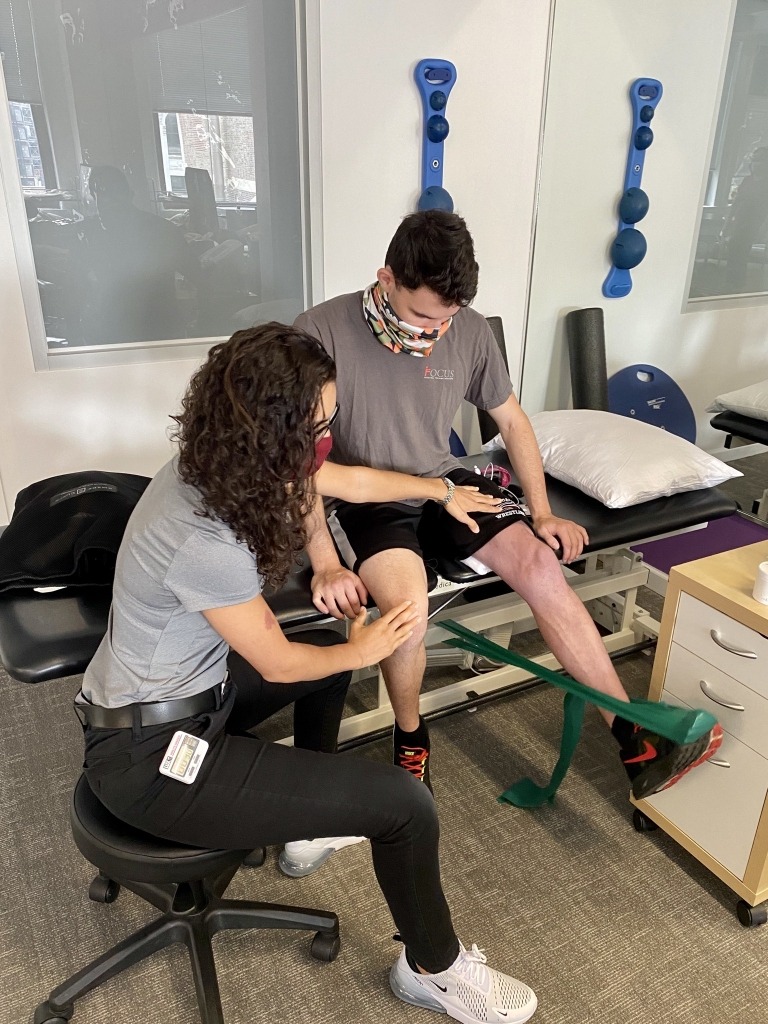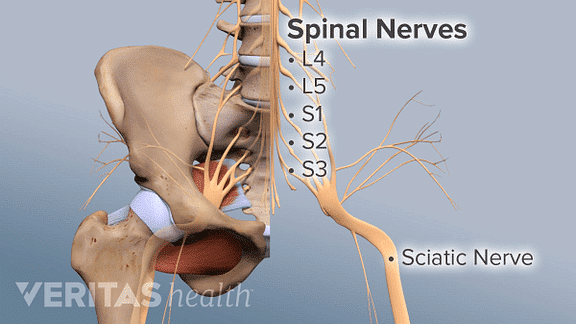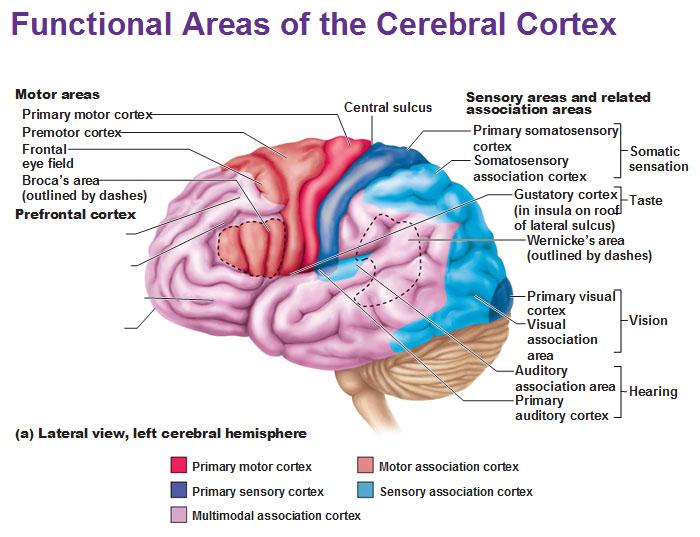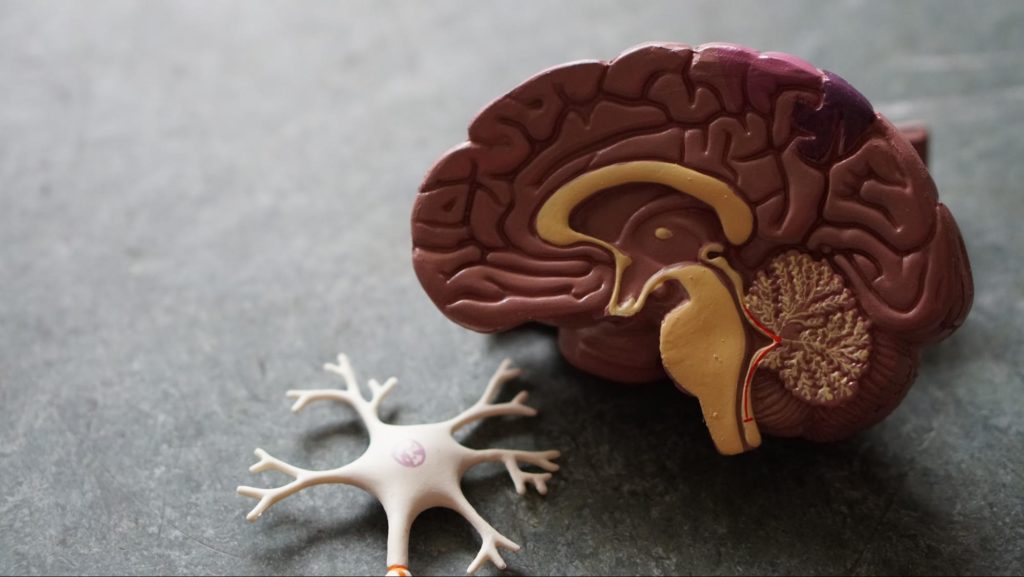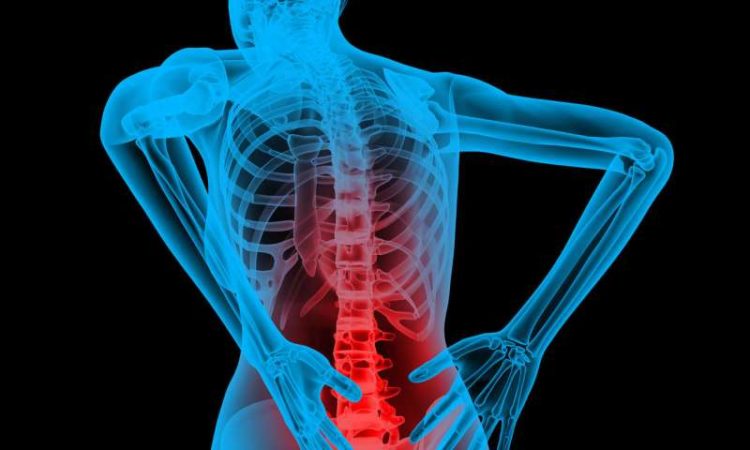Treating Plantar Fasciitis
Patients often ask me what some of the most common injuries I treat are, and being a PT in a predominantly walking city, it’s no surprise that foot/heel pain is among the most prevalent. Although foot and heel pain are common, it is often misdiagnosed, and treatment is poorly understood. Far too often, by the […]
Treating Plantar Fasciitis Read More »
